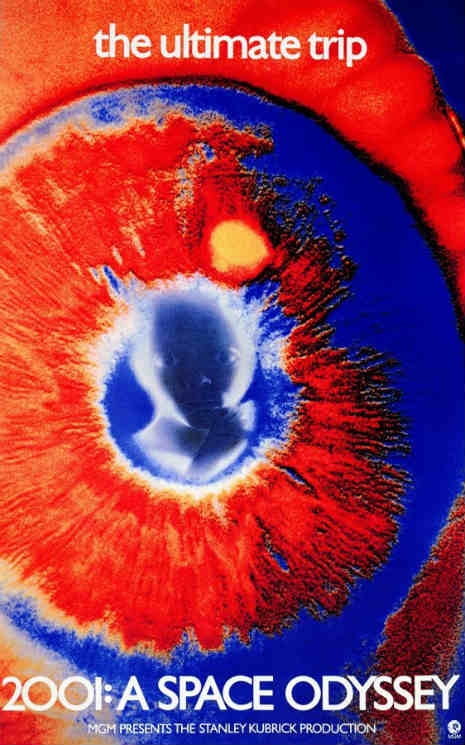
Rob Ager is a Liverpool-based film theorist whose videos have been popping up on YouTube for the last few years. He tends to get lumped in with the usual conspiracy brigade, and while Ager’s work does approach material in the same analytical fashion his conclusions can be very different.
This close examination of Stanley Kubrick’s science fiction masterpiece 2001: A Space Oddessy theorises that Kubrick was working on this film with a “double narrative” structure. Thus, the imagery, set design and camera shots created a complex story all of their own that was separate, and sometimes in direct opposition to, the commonly accepted themes of the Arthur C. Clarke screenplay.
Ager’s work falls on just the right side of conspiracy-culture to be of interest to skeptics and conspiracist’s alike, and with this particular film analysis he is careful to avoid any “tin foil hat” readings of the text, which can be a major downfall of “critical” videos of this kind.
What Ager does posit is that Kubrick was working with a language of imagery that spoke directly to the subconscious and could be in contrast to the spoken words. This is more than a little believable when you take into account that Kubrick’s incredible talent and the huge amounts of time and effort that he spent on the various different aspects of his craft.
Kubrick’s Cover Story is in four parts, and comes in at just over an hour long. Not for everyone, perhaps, but definitely of interest to film students and the hardcore Stanley Kubrick fan (not to mention those who have a soft spot for a lilting Scouse accent):
Kubrick’s Cover Story part one:
Previously on Dangerous Minds:
Kubrick’s Twisted Dimensions: why ‘The Shining’ is a masterful mindbender
Kubrick’s Cover Story part two to four after the jump…





